By: Toby Hagon
Make sure you're doing the right thing by your fellow EV owners when it comes to public chargers.
There are now about 150,000 electric cars on the road in Australia, with thousands more joining them each month.
With the arrival of every new EV comes another driver who will one day likely plug into a public charger.
RELATED:
Charging an EV at home »
The increasing demands being placed on an occasionally fragile public charging network can sometimes lead to queues, confusion and occasionally frayed tempers.
But with some planning, patience and common sense, the art of charging your electric car can be less stressful than it may otherwise be.
Fast growing
As the largest state in the country Western Australia has its own unique challenges when it comes to keeping EV drivers on the road.
But there’s also enormous investment being pumped into the state’s charging infrastructure.
Along with private enterprise, the WA government is investing in Australia’s longest EV charging network that will comprise 49 locations, some in very remote parts of the state. It will stretch from Eucla on the Great Australian Bight to Esperance and all the way up to Kununurra.
Already RAC has 16 fast charging locations as part of the RAC Electric Highway ® with more to come.
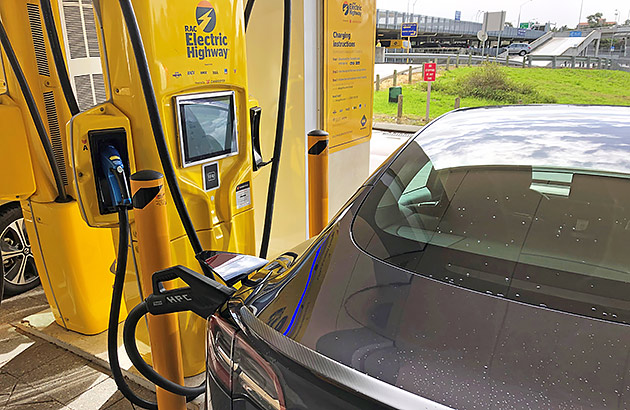
As with the eastern states, the emphasis on building that charging network has been on heavily-trafficked routes and the sorts of locations likely to attract EVs in future. In some instances that can include remote regions, such as the Kimberley.
So how does an EV owner negotiate the new world of ‘refuelling’ when not charging at home?
Don’t go over time
Charging an EV takes longer than filling a car - that’s no secret. Often the temptation is to visit a nearby cafe or do some window shopping to while away the time. That’s fine, provided you don’t overstay your welcome.
An EV that’s finished charging but is still occupying a charging bay can be an enormous frustration to the next person chasing some electrons. So be aware of how long the process will take.
When you first plug your car in it will quickly estimate how long the charge will take.
That predicted finish time may fluctuate depending on various factors - including weather and how many other EVs are charging nearby (we’ll get to that later) - so you need to be flexible and ideally monitor the charging through the car’s smartphone app or one associated with the charger.
If you’re not sure, get back to the car earlier than planned to ensure you’re not blocking someone else.
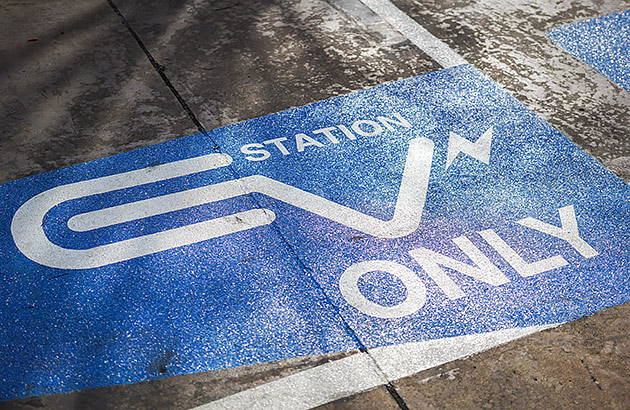
The 80 per cent rule
Fast charging can see the rate of charge - how much power is flowing, measured in kilowatts - vary enormously during the charging session.
If the battery is at a low state of charge and is at an optimum charging temperature - usually between about 15 and 35 degrees - then the car should take on close to its maximum rate of charge.
However, as the charge nears completion, the car will start taking on less electricity to protect its battery pack, something that’s important for its longevity.
At 90 per cent state of charge, for example, the battery may be accepting a fraction of what it was minutes earlier.
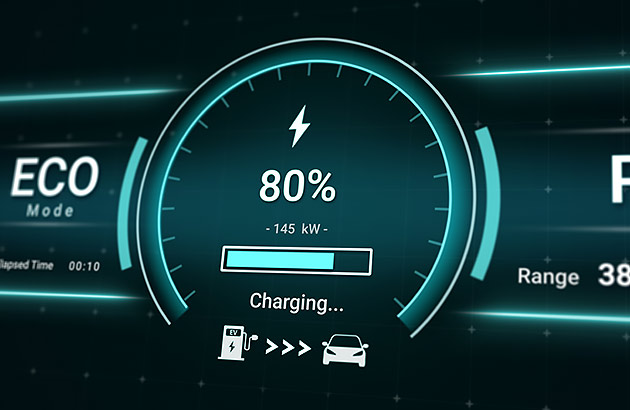
That’s why it’s recommended that during peak charging times - and especially if there are queues - you finish charging when the battery is at about 80 per cent state of charge.
It means the car will absorb most of its electricity at a high power level, therefore taking less time. That way everyone in the queue gets a good go at (very) fast charging.
Know what your EV is capable of
Just because a charging station says it can supply a lot of power, doesn’t mean your car will accept it. Ultimately, it’s the car that determines how much electricity it will take on based on a range of factors.
No cars can accept the full 350kW from an ultra rapid charger, for example. The only ones that get close are those with an 800V electrical architecture; for now that includes the Porsche Taycan, Audi e-Tron GT, Hyundai Ioniq 5/6 and Kia EV6.
Other EVs on a more common 400V electrical architecture will only be supplied by up to 175kW of power on those 350kW chargers; the limitations are around how much current can travel through the charger, with the 400V voltage output halving the maximum power output.
But it also pays to know what your car is capable of. Some affordable EVs will only accept up to 50kW of charge power, for example. So if you roll up and there’s a choice of a 50kW or 350kW charger then for that particular EV you’ll charge at the same speed on either charger.
So leave the quick ones to the vehicles that need them. Similarly, if you’re not in a hurry or are only finishing off a charge, then the 50kW charger may be more than enough.
Don’t double up
Many DC fast chargers will not always supply the power they claim to. It comes down to limitations on the cables bringing electricity to the charging station. There’s only so much that the electricity grid and hardware can support to ensure circuit breakers aren’t tripped.
That’s why many fast chargers will halve the power if two EVs are plugged in at once. It may be rated as a 150kW charger, but with two cars powering from the same charging pod – something that’s about the size of a petrol bowser - that may top out at 75kW.
So if you roll up to a bay of chargers and there’s another EV already plugged in, don’t plug into the same charging unit. Opt for one nearby instead.
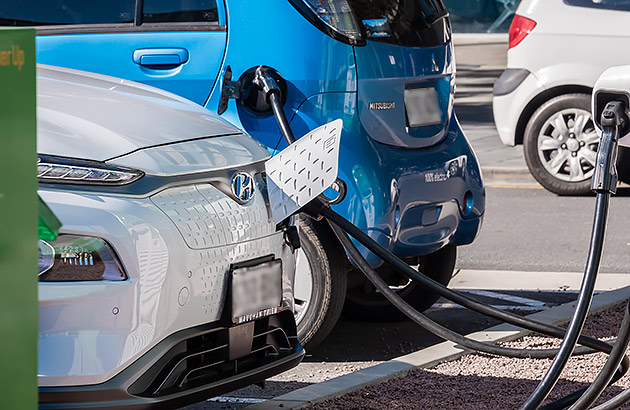
Form a queue
During peak holiday times some chargers have had queues of people waiting to charge. Make it obvious you’re in the queue. And if you’re not sure where it starts and finishes (it’s no always obvious) then ask.
Of course, it goes without saying that during such peak times you should limit your charging to what’s necessary to get to your destination.
Chat to your fellow EV owners
If you’re settling in for a long(ish) charge, then don’t be afraid to chat to the people charging alongside.
Sometimes those people may need some help with charging. There are tricks to some of them, such as ensuring you’ve got the correct app or positioning the charging cable so it accurately locks into the car, thereby allowing electrons to flow.
Clean up after yourself
It goes without saying to take any rubbish with you. But you should also leave the EV charger as you found it (many don’t).
Pop the charging plug back in its holster, for example. And if there are any issues, make sure you report them to the station operator and provide an update on the PlugShare app, which can alert others as to what to expect.
Also consider where you’re charging. If you’re near a residential area or bustling businesses, then cranking out AC/DC at full volume while you wait may not be appropriate.
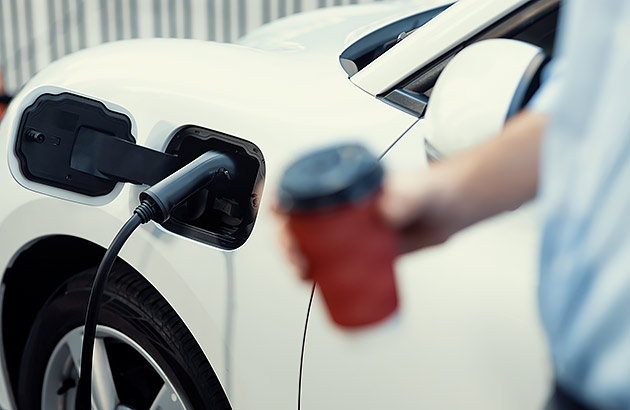
Leave once you’re finished
This may seem like an obvious one, but you’d be surprised how many people don’t bother moving their car once it’s finished charging.
They seem to take those ‘EV only’ signs literally, thinking that even once their car is charged, they have some right to remain on that hallowed charging turf.
So if your car has finished charging, then move it to a regular parking spot nearby so you can continue shopping/exploring/eating without impeding others who may genuinely need to charge.
Don’t block the way
EV charging stations can be a mishmash and often in some strange locations, but wherever you are, you need to ensure you’re not impeding someone else from charging.
Park within the defined charging bay and don’t hang the nose or tail out so it will force another driver to park somewhere else or swing around you.
Also have a look at the available charging bays. Sometimes EV chargers are in a far flung corner of a carpark and not always easily accessible.
If there’s more than one bay and you’re driving a smaller or easier-to-manoeuvre model, then consider taking the tighter parking space to make it easier for anyone else who rolls up.
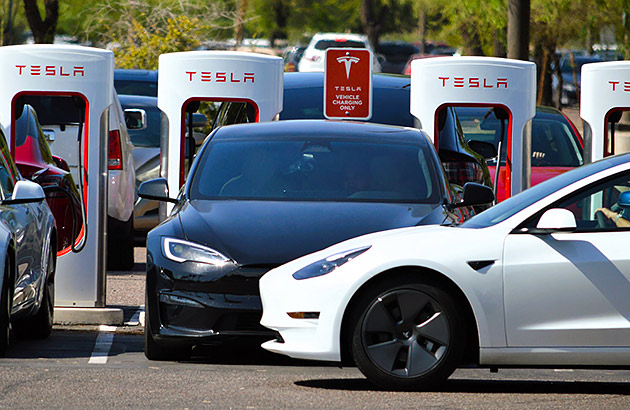
Consider the trailer
More and more electric vehicles have the ability to tow a trailer, which raises the prospect of what to do when utilising a public charging station.
The reality is most charging locations aren’t set up for towing, with parking spots or charging bays that are made only for the car.
Check the PlugShare app for information on the one you’re planning to visit prior to getting there. And be prepared to unhitch the trailer somewhere nearby to ensure you can charge without blocking anyone else.
Keep others informed
Most fast charging stations will show the car’s current state of charge on their display.
It’s an easy way for others to gauge roughly how long you’ll be utilising that charger for.
But that doesn’t always provide the full picture, especially if you’re planning to charge to 100 per cent, in turn forcing the car to slow the charge rate down as it approaches its maximum state of charge.
So consider leaving a note informing others how long you’ll be. Some stations also have a way to do that digitally via an app. Or you can utilise the PlugShare app, which also allows users to direct message each other.
Beware chargers that are out of action
Many of the fast chargers dotted around the country aren’t exactly known for their reliability. Faults with chargers have until now been common, something the industry is aware of and working to address.
Do your research ahead of time on apps such as PlugShare, which not only provides information on how much power a charger can supply but also whether people who’ve just visited were able to make it work. That user-supplied information can also provide valuable tips on that particular charger.
Members save 10% on RAC's Home EV chargers
Faster, smarter, convenient - power your EV at home with our 7.4kW and 22kW chargers. Includes full installation and an app for easy scheduling.
